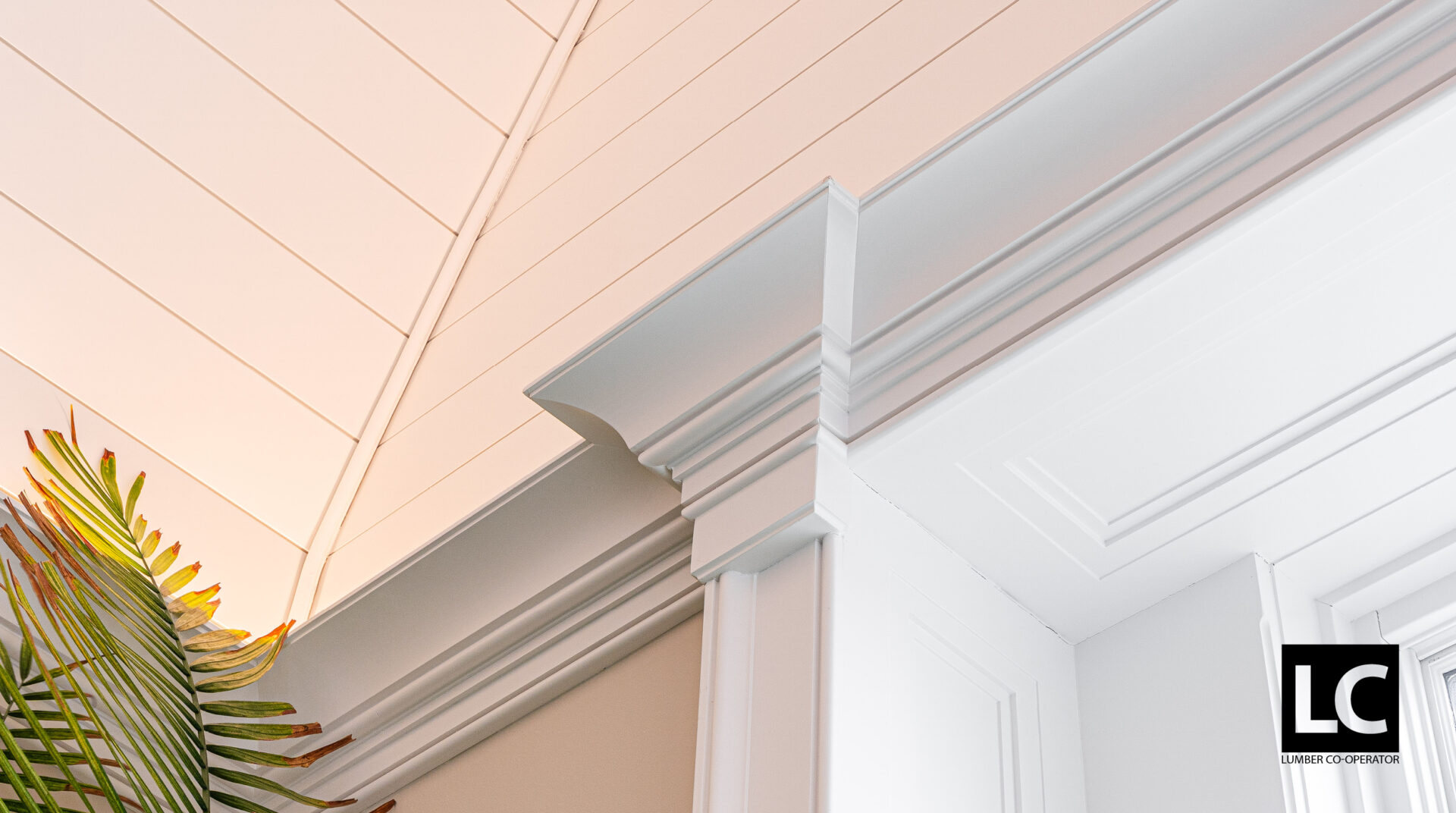When people ask what I do for a living, I often say with a grin, “I sell pretty sticks of wood.” It’s a lighthearted reply that usually gets a laugh—but behind that smile lies more than three decades of experience in the building products industry and a deep appreciation for what moulding truly represents.
Yes, moulding may be “pretty sticks of wood,” but it’s also the detail that elevates design, reflects cultural trends, and defines the feel of a space. It’s one of the simplest, most affordable ways to take a room from mundane to memorable.
To understand moulding’s value today, it helps to look back at its roots. The ancient Greeks and Romans were among the first to use mouldings not just for structure or ornamentation, but to signify wealth, craftsmanship, and architectural importance. Carved into marble, etched in stone, or cast in plaster, mouldings were seen on temples, public halls, and private homes. They weren’t just decorative—they told stories.
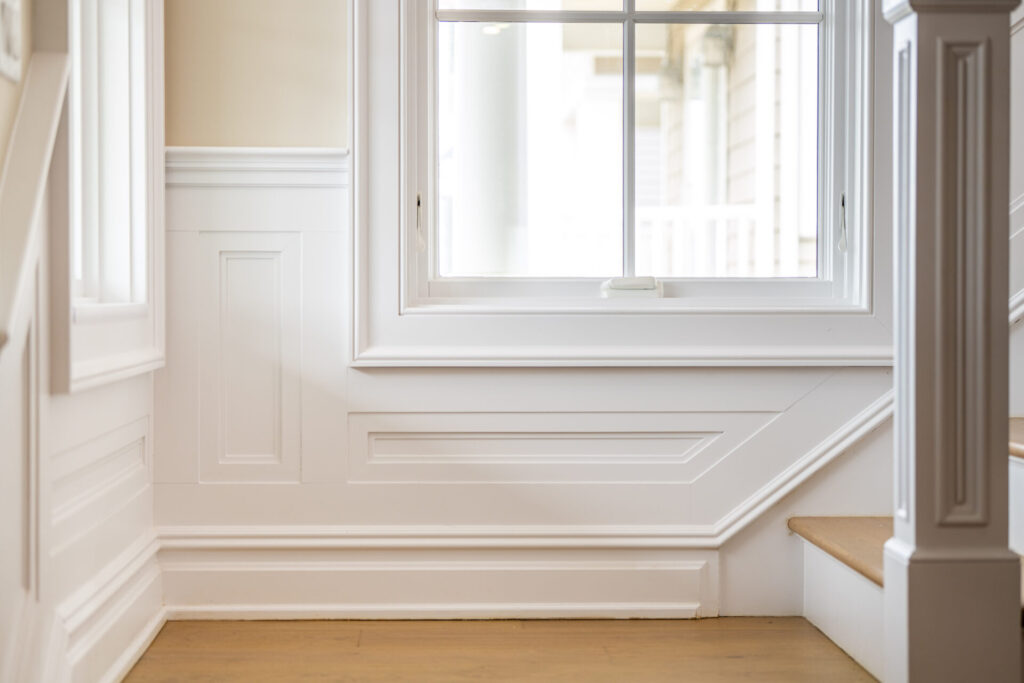
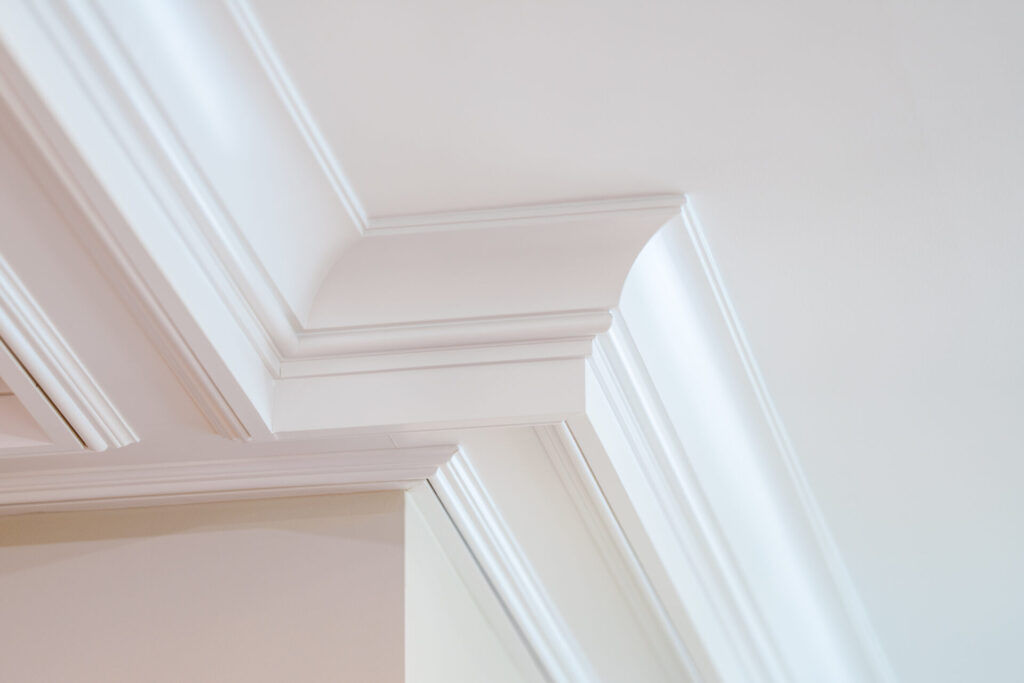
As time progressed, materials and methods evolved. In the medieval period, wood emerged as a practical and accessible medium for craftsmen. It allowed for greater expression at a lower cost. Churches, castles, and early homes began incorporating detailed carvings—embellishments that conveyed care, status, and emerging artistry. By the Renaissance, wood moulding had become a refined craft, used to emphasize proportion, scale, and elegance. The Baroque and Rococo periods took that even further, with ornate profiles, elaborate cornices, and ceiling medallions that added richness and grandeur. Each era shaped moulding in its image, making it both a design tool and a historical record.
Moulding is, in many ways, a visual timestamp. You can walk into a space and, by examining its trim, get a sense of when it was built—or at least what era inspired it. The clean geometry of Craftsman style, the classical grandeur of Colonial trim, the understated profiles of Mid-Century Modern—all tell a story, not just about architecture, but about the people who lived there and the values they held.
That’s part of what makes moulding so compelling: it’s deeply personal. As interior design has become more expressive and individualized, moulding has adapted. Today, you’ll see it used in fresh, creative ways—bold accent walls with box moulding, oversized baseboards that anchor a modern room, or mixed materials that break traditional boundaries.
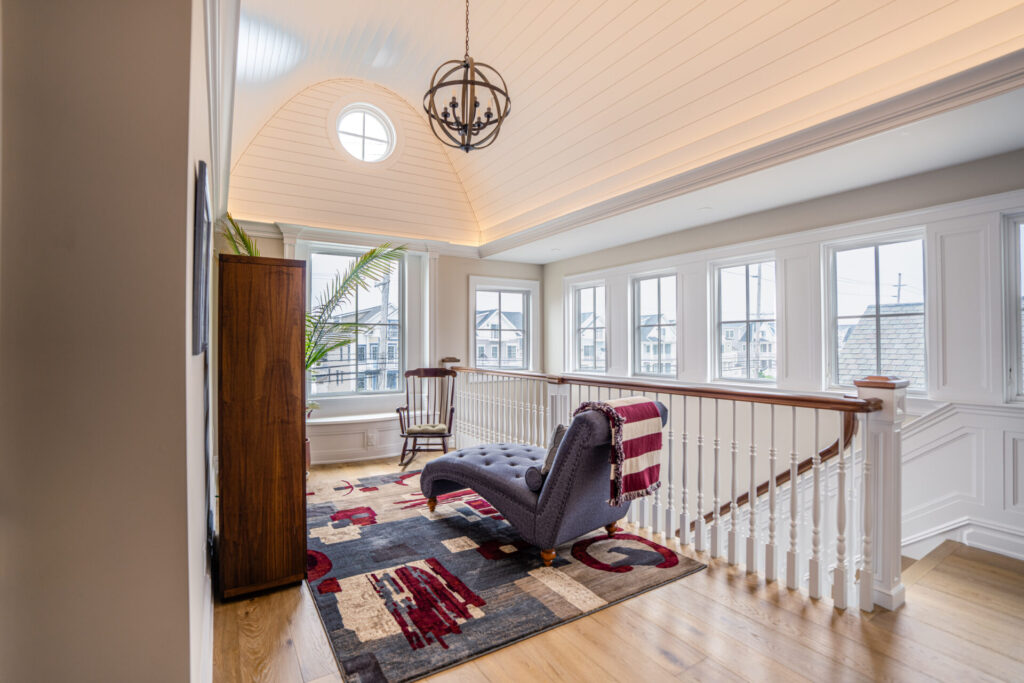
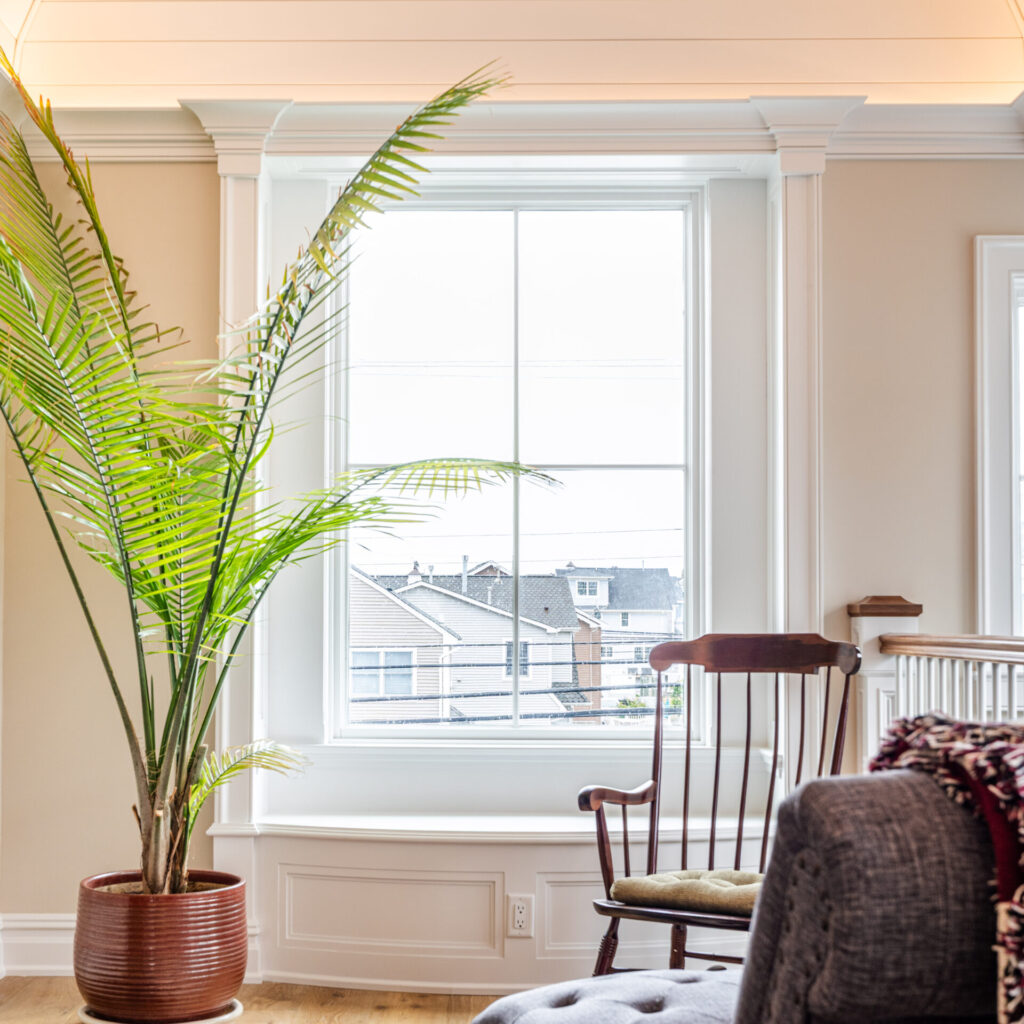
It’s also worth noting how moulding reflects the broader cultural climate. In times when traditional values re-emerge, we often see a return to classical forms—symmetrical crown moulding, wainscoting, and picture rails. In more progressive or playful periods, people embrace unexpected patterns, unconventional placements, and exaggerated profiles. Like fashion or art, moulding trends are mirrors of the moment.
And it’s not just for show. A well-placed trim can define transitions between surfaces, add proportion to an awkward space, or bring cohesion to a room’s design. It draws the eye to what matters and brings polish to what would otherwise be plain.
One of moulding’s most appealing traits is its accessibility. You don’t need a historic home or grand renovation budget to benefit from it. Adding crown moulding to a ceiling, framing a
mirror with casing, or installing wall moulding behind a bed instantly adds value—and character. It’s a powerful tool in the hands of both professionals and homeowners. Throughout my career, I’ve watched moulding quietly shape spaces. I’ve seen it ground a design, complete a vision, and even shift how people feel in a room. It’s in those finishing touches—those small, thoughtful details—that a builder’s skill and a homeowner’s personality meet.
So yes, I sell “pretty sticks of wood.” But I also help create homes that feel intentional, timeless, and truly special. From ancient temples to modern open-concept kitchens, moulding has always been more than material. It’s the thread that ties architecture to emotion.
It’s not just wood. It’s craft. It’s history. It’s style. And it’s the detail that defines the space.
Photos courtesy of Millwork Design By Oxford.
Susan T. Holod is the sales director for Millwork Design By Oxford, a manufacturer and distributor of premium architectural mouldings serving lumberyards and home centers in the Northeast and Mid-Atlantic regions. Holod can be reached at susan@mdoxford.com or 845-372-2025. To learn more about Millwork Design By Oxford, visit www.millworkdesignbyoxford.com.

